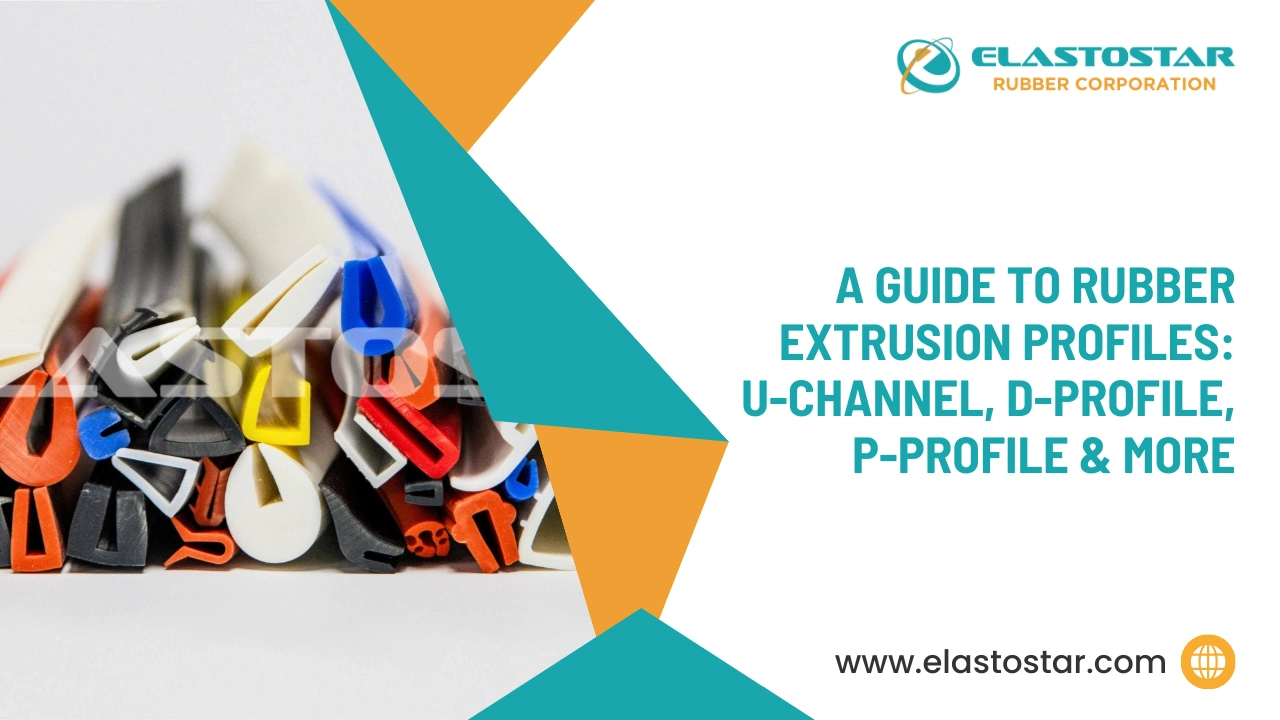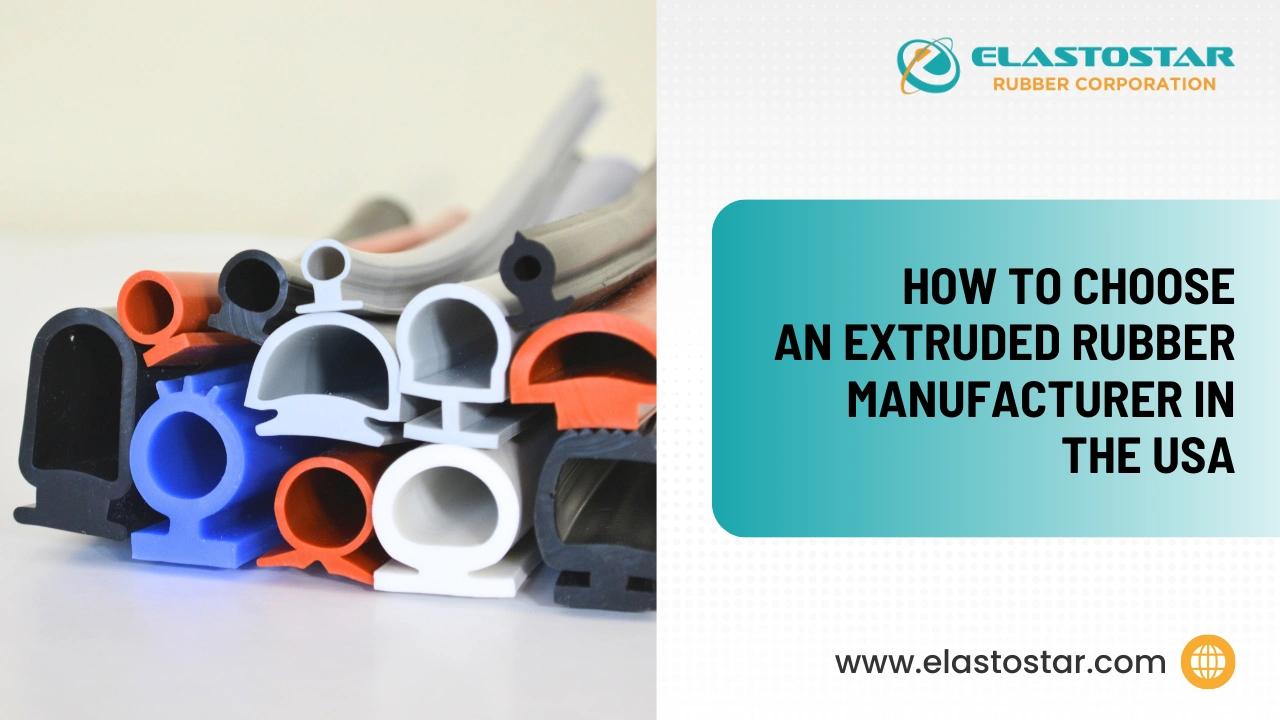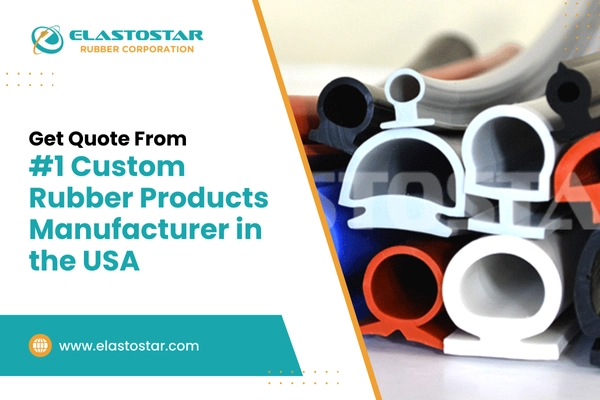Experts predict that the global gasket and seal market will reach $85 billion by 2025. A significant portion of this market is driven by the demand for high-temperature gaskets, which are crucial in various high-stress environments. From automotive engines to industrial furnaces, these gaskets are indispensable.
In this blog, we will explore why high-temperature gaskets are so popular, the materials used to manufacture them, and their wide range of applications.
Table of Contents
Why are High Temperature Gaskets so popular?
Exceptional Heat Resistance
High-temperature gaskets are popular for their exceptional heat resistance. Designed to perform under extreme conditions, they prevent leaks and maintain integrity even at high temperatures. This is crucial for applications such as engines and industrial furnaces where maintaining a secure seal is vital for safety and efficiency. The use of heat-resistant gasket materials ensures that these gaskets can withstand temperatures that would degrade other materials.
Durability and Longevity
Manufactured from robust materials, high-temperature gaskets offer superior durability and longevity. Manufacturers commonly use materials like silicone, graphite, and various metal alloys in these gaskets. Their resistance to thermal degradation means they can withstand repeated exposure to high temperatures, reducing the frequency of replacements and maintenance. High-temp gasket material like heat resistance rubber ensures these gaskets remain effective over long periods, even under continuous stress.
Versatility in Applications
High-temperature gaskets are incredibly versatile. They are used in a wide range of industries, from automotive to aerospace, and industrial manufacturing. Their ability to provide reliable sealing solutions in high-temperature environments makes them essential across multiple sectors. Whether it’s rubber for gasket applications or high-temperature rubber seals, these gaskets adapt to various needs effectively.
Safety and Reliability
In industries where safety is paramount, high-temperature gaskets play a critical role. They prevent leaks of hazardous gases and fluids, which could lead to catastrophic failures or dangerous working conditions. Their reliability ensures that equipment operates safely and efficiently, protecting both the machinery and the personnel. Using high- heat gasket material and silicone gasket material helps in maintaining a secure and reliable seal.
Materials Used in High-Temperature Gaskets
Silicone
Silicone is a popular material for high-temperature gaskets due to its excellent thermal stability and flexibility. It can withstand temperatures ranging from -60°C to 230°C, making it suitable for various applications. Silicone gaskets are also resistant to ozone, UV radiation, and chemicals, adding to their versatility and durability. Silicone gasket material is often preferred for its ability to maintain its properties under extreme conditions.
Graphite
Graphite gaskets offer outstanding heat resistance and maintain a tight seal under extreme conditions. They endure temperatures up to 450°C, making them ideal for applications involving both high temperatures and high pressure. Graphite gaskets are also resistant to chemicals and have excellent compressibility, making them ideal for challenging environments.
Metal Alloys
Metal alloys such as stainless steel, Inconel, and Hastelloy are commonly used in the manufacturing of high-temperature gaskets. These materials offer exceptional strength and heat resistance, with some alloys capable of withstanding temperatures exceeding 1000°C. Metal gaskets are commonly used in situations where both high temperatures and high pressure need to be managed.. This high-heat gasket material ensures long-lasting performance in the most demanding conditions.
Ceramic Fiber
Designed for the most extreme temperature environments, ceramic fiber gaskets can withstand temperatures up to 1260°C. Applications such as furnaces, kilns, and exhaust systems rely on these gaskets where other materials would fail. Ceramic fiber gaskets provide excellent thermal insulation and are resistant to chemical attacks.
Applications of High-Temperature Gaskets
Automotive Industry
In the automotive industry, engine components, exhaust systems, and turbochargers use high-temperature gaskets. These gaskets contain gases and fluids within their respective systems, preventing leaks and maintaining optimal performance. The ability to withstand high temperatures is crucial for these applications, as engines and exhaust systems operate under extreme conditions. Rubber for gasket use in these environments provides the necessary flexibility and durability.
Aerospace Industry
The aerospace industry relies heavily on high-temperature gaskets for applications such as jet engines, heat shields, and insulation systems. These gaskets must endure the extreme temperatures experienced during flight and re-entry, ensuring the safety and reliability of aerospace components.
Industrial Furnaces and Ovens
High-temperature gaskets are essential in industrial furnaces and ovens, where they provide sealing and insulation. These gaskets prevent heat loss, improve energy efficiency, and maintain the integrity of the heating system. The ability to withstand high temperatures ensures that the gaskets do not degrade over time, reducing maintenance costs and downtime.
Oil and Gas Industry
In the oil and gas industry, high-temperature gaskets are used in pipelines, valves, and pressure vessels. These gaskets must withstand high temperatures and pressures, as well as exposure to aggressive chemicals. Their reliability and durability are critical for preventing leaks and ensuring safe operation in these harsh environments.
Power Generation
High-temperature gaskets are used in power generation applications, including boilers, turbines, and heat exchangers. These gaskets help maintain efficient operation by preventing leaks and ensuring that systems operate within their designed parameters. The ability to endure high temperatures and pressures is vital for these applications, as power generation equipment operates under extreme conditions.
How Can Elastostar Help?
Elastostar specializes in providing high-quality high-temperature gaskets and sealing solutions tailored to meet the specific needs of various industries. Our extensive range of silicone gasket material, graphite gaskets, and heat-resistant gasket products ensures that you have access to the best materials for your applications. We understand the critical role these gaskets play in maintaining the safety and efficiency of your operations and commit to delivering products that meet the highest standards of performance and durability.
Contact Elastostar today to discover how our high-quality gaskets can meet your specific needs and help ensure the success of your operations.

Conclusion
High-temperature gaskets are popular due to their exceptional heat resistance, durability, versatility, and reliability. They are made from materials such as silicone, graphite, metal alloys, and ceramic fiber, each offering unique benefits for specific applications. From the automotive and aerospace industries to industrial furnaces and power generation, high heat gaskets play a crucial role in ensuring the safe and efficient operation of machinery and equipment.
Their ability to withstand extreme conditions makes them indispensable in environments where high temperatures are a constant factor. As industries continue to advance and operate under more demanding conditions, the importance and popularity of high-temperature gaskets will only continue to grow.
FAQs
1. What gasket is used for high temperature?
At Elastostar, we provide high-temperature gaskets made from materials such as silicone. This material offers exceptional heat resistance, ensuring reliable sealing performance even under extreme conditions.
2. What is the main purpose of a gasket?
The main purpose of a gasket is to create a tight seal between two surfaces, preventing leaks of fluids or gases. At Elastostar, we design our silicone rubber gaskets to maintain their seal even under high pressure and temperature variations, ensuring the integrity of your equipment.
3. What type of gasket do you use for high-temperature, high-pressure hazardous services?
For high temperature, high pressure, and hazardous services, Elastostar recommends using gaskets made from materials like graphite and metal alloys. These high-temperature gasket materials are capable of withstanding extreme conditions and providing a reliable seal.
4. What is the most commonly used gasket?
The most commonly used gasket is the rubber gasket, particularly those made from silicone due to its versatility and excellent sealing properties. At Elastostar, we offer a wide range of silicone gasket materials suitable for various applications.
5. Why are gaskets used?
Gaskets create a leak-proof seal between two surfaces, preventing fluids or gases from escaping. Elastostar’s gaskets are essential in maintaining the safety and efficiency of machinery and equipment by preventing leaks and contamination.
6. What is the high temperature for rubber gaskets?
High-temperature rubber gaskets from Elastostar can typically withstand temperatures up to 230°C (446°F), especially those made from high-grade silicone. Materials like graphite and metal alloys are used for even higher temperatures.
7. What material is used for high-temperature sealing?
For high-temperature sealing, Elastostar uses materials such as silicone. This material is preferred as it can keep its sealing properties even under extreme heat conditions.
8. What rubber is used in high-temperature applications?
In high-temperature applications, Elastostar uses heat-resistant rubber such as silicone. This material is ideal due to its excellent thermal stability, flexibility, and durability, ensuring reliable performance in demanding environments.





